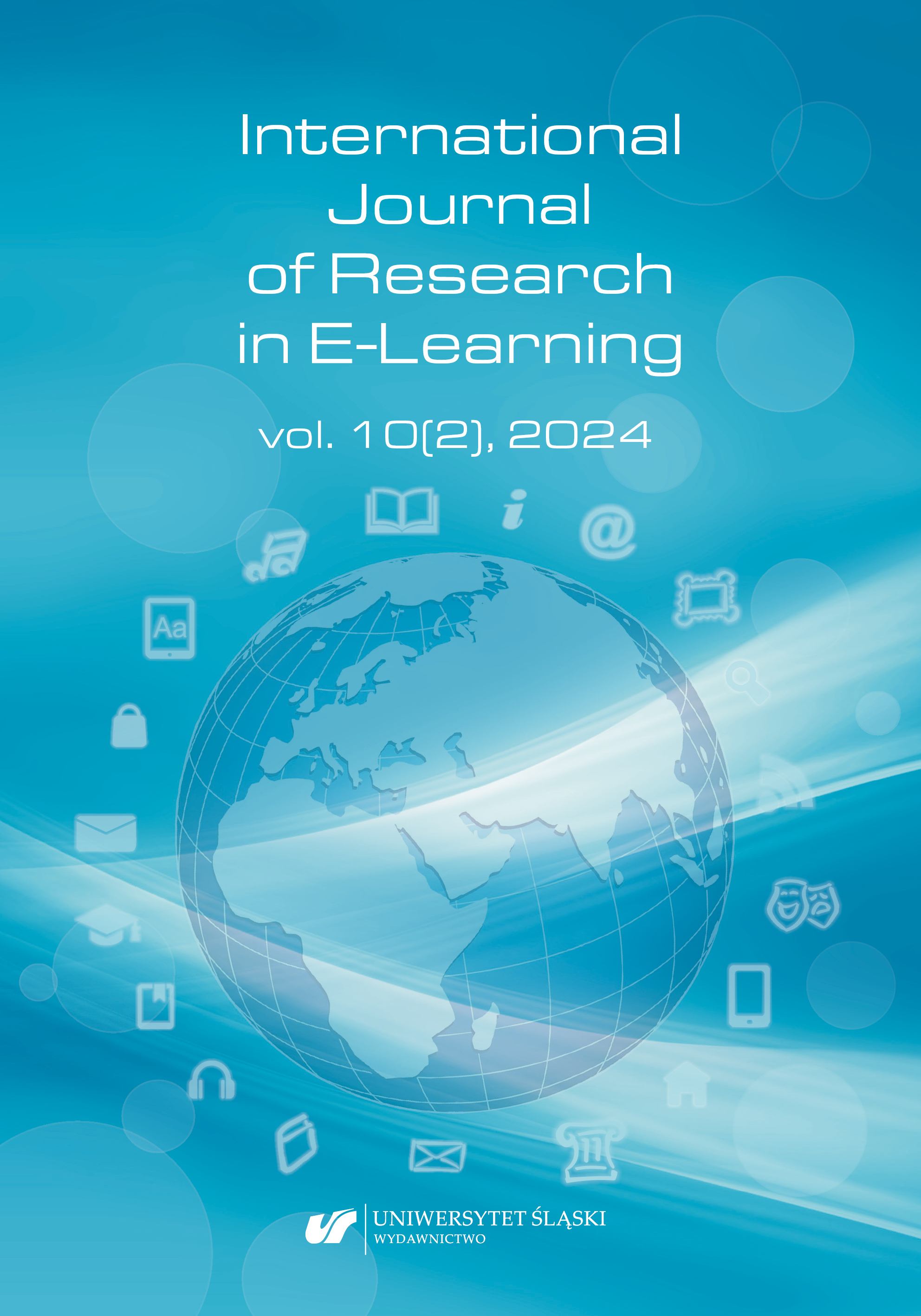

Reviewing Policy
1. Each paper is refereed by two independent, external reviewers who are renowned experts in the area to which a specific issue of the journal is devoted. One of the reviewers is affiliated to a foreign academic institution in a different country than that of the author's origin.
2. The journal adopts a double-blind peer review policy, which requires that papers should be anonymized prior to electronic submission. The processing of the papers, including the stage when they are sent to reviewers, is fully anonymous until their publication.
3. The criteria that should be taken into account when evaluating a submission are specified in an evaluation form that can be → downloaded from this website . In each case, it is necessary to provide a final decision as to whether a particular paper should be accepted or rejected. If two conflicting decisions are made, the paper is rejected. However, the author may request the Editorial Board that the paper be refereed by one more reviewer whose decision is final.
4. Reviewers' names are revealed not later than six months after a print version is published.
5. The electronic version should be submitted at least three months prior to publication.
Reviewing Procedure
1. The reviewing procedure of articles in the journal ”International Journal of Research in E-learning” refers to the guidelines prepared by the Team for Ethics of the Ministry of Science and Higher Education, issued in the brochure ”Good practice in reviewing procedures in science”.
2. By sending a text for publishing, authors accept the undertakings resulting from the applied reviewing procedure and principles.
3. The Editorial Board assesses the submitted articles in regard to formal requirements. Then, two independent reviewers are appointed to evaluate every article. The reviewers are neither members of the Science Committee of the journal, nor the staff of the academic unit which publishes the journal. The reviewers have at least the habilitated doctor degree. The affiliation of the author of the submitted article cannot be the same as the affiliation of the reviewers who assess it.
4. The reviewing process involves the principle of double-blind review, in which both the authors and reviewers do not know their identities.
5. The review has a written form.
6. The reviewer’s opinion on the assessed article provides information on:
a. qualification for publishing without corrections,
b. reviewing again after introducing thorough corrections and changes
c. qualification for publishing after the changes suggested by the reviewer.
d. its rejection.
The reviewing tamplate includes four proposals / decision:
a. to accept the article for publishing without corrections
b. to accept the article for publishing after taking into account the
corrections indicated by the reviewer
c. reviewing again after introducing thorough corrections and changes
d. the article cannot be qualified for publishing, its rejection,
7. Authors of articles are informed about the result of the reviewing procedure.
8. Names of the reviewers assessing articles published in particular volumes of the journal are not revealed to the public; however, there is a list of the reviewers cooperating with the journal on a permanent basis.
Review form [DOCX]
Additional information about Reviewing Policy available on URL

Vol. 10 No. 2 (2024)
Published: 2024-12-31